Qatura قاطورة
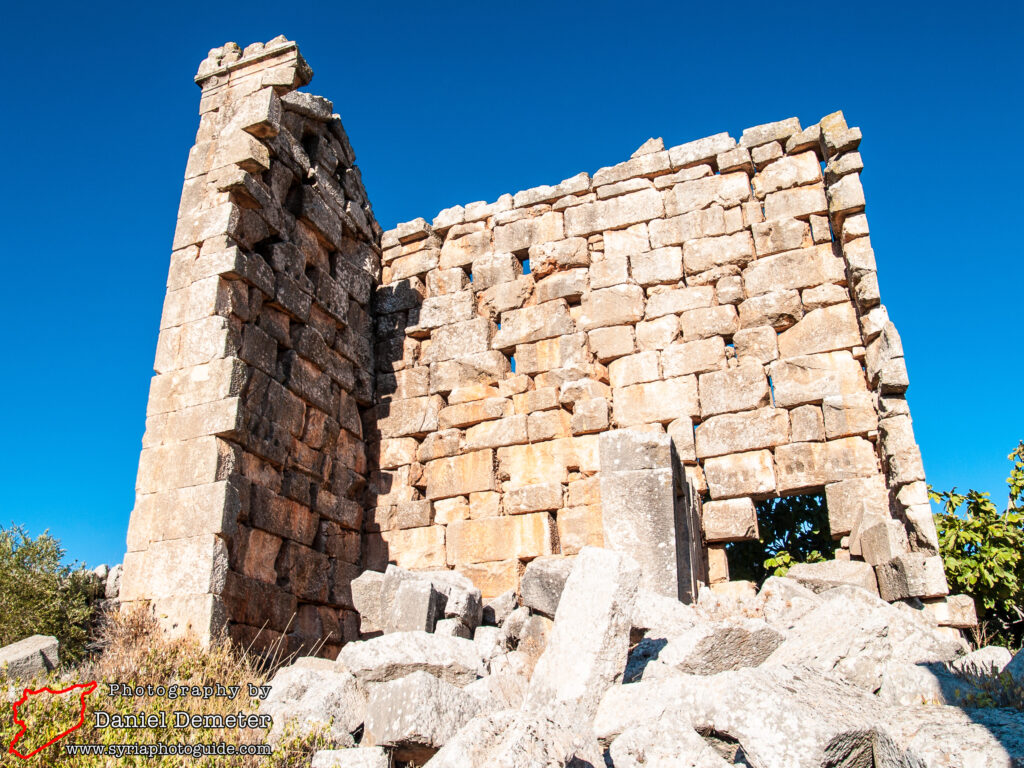
The small village of Qatura (قاطورة), on the northern side of Jebel Sheikh Barakat (جبل الشيخ بركات), has an interesting collection of late Roman and Byzantine remains. Most noteworthy are the numerous rock-cut tombs to the west of the village. These date variously from between 122 and 250 AD and are similar in style to classical funerary art, with some slight Palmyrene influences. They are in varying states of preservation, though the original work does not appear to have been particularly fine. The westernmost tomb shows a rather decomposed low-relief of a draped figure lying on a banquet couch. The inscription in Greek and Latin refers to one Titus Flavius Julianus, a veteran of the VIII Augustus Legion, and his wife Flavia Titia. The tomb probably dates from the late second century.
In the hills on the southern edge of the village there is a subterranean burial chamber marked by a two-column funerary monument. According to the inscription, this is the tomb of Aemilius Reginus who died in 195 AD. The design is similar to the funerary monument at nearby Sit al-Rum (ست الروم) dedicated to Isidotos. It has been suggested by archaeologist George Tchalenko that a sudden onset of prosperity in the region during the second century is the reason that monumental tombs were adopted in settlements as small as this one.
In the central and northern section of the village are the remains of Byzantine-era villas, likely constructed in the fifth or sixth century. The earliest Christian inscription found in the limestone country (dated 336/337 AD) was noted in the northern sector of the settlement, but there is no church at the site. The Byzantine-era construction techniques at Qatura (قاطورة) were not particularly sophisticated, with much of the stone irregular in shape.
Immediately to the south of Qatura (قاطورة) is the peak of Jebel Sheikh Barakat (جبل الشيخ بركات), the site of a once significant Roman temple. Little remains of the temple but the foundation walls, and at the time of research the site was in use by the military and access was restricted. However, the views 360 degree views over the surrounding countryside still make it a worthwhile excursion. A road winds up the mountain from Darat Azeh (دارة عزة), though it is also possible to climb up the mountain through the small valley south of Qatura (قاطورة).
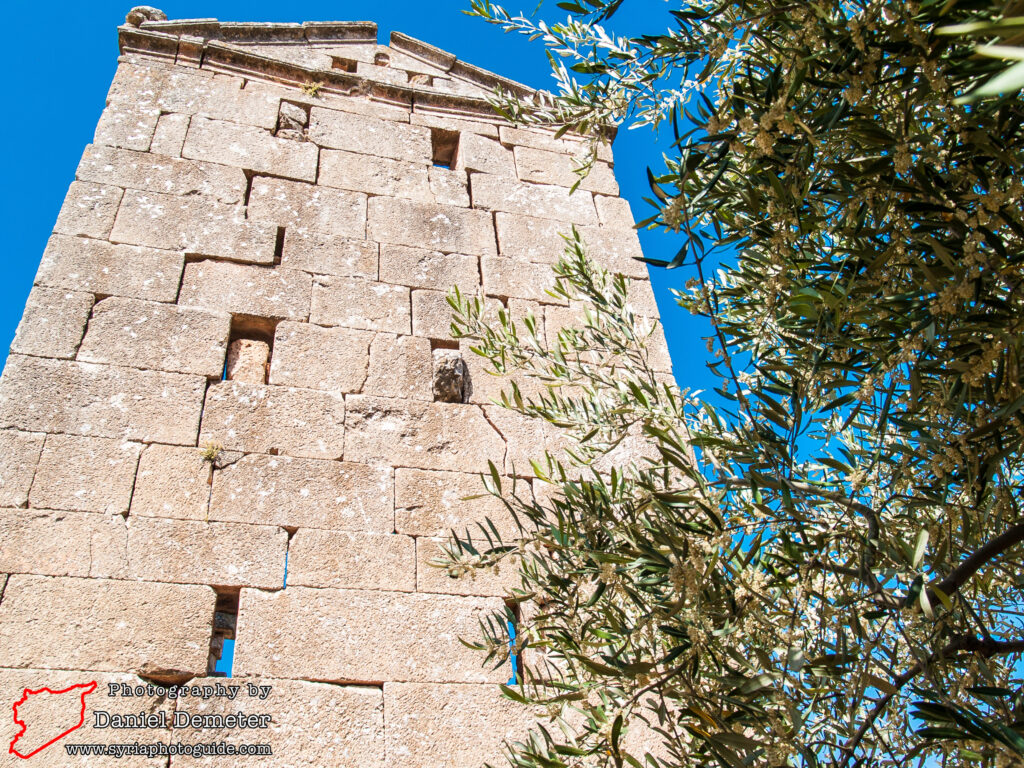
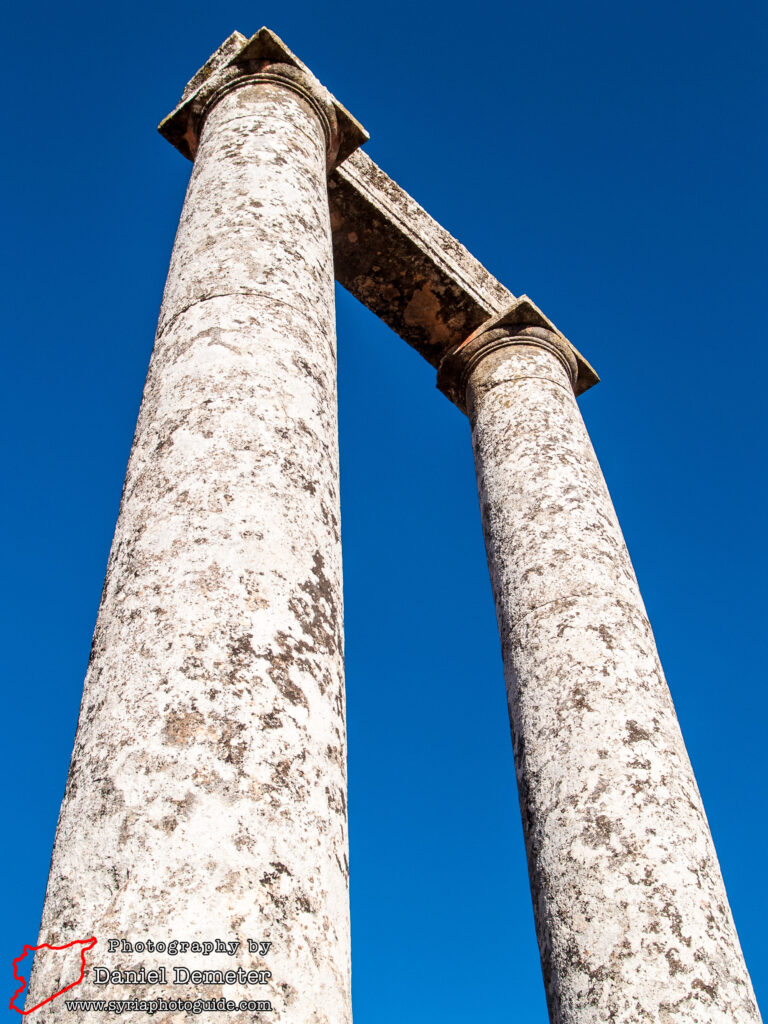
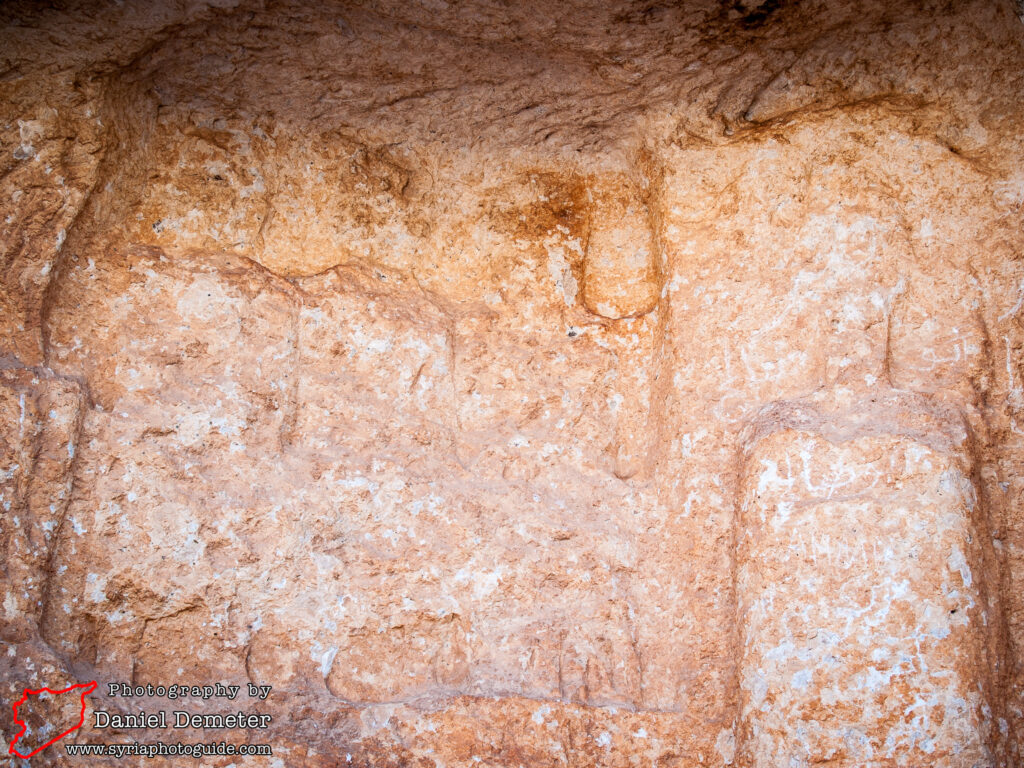
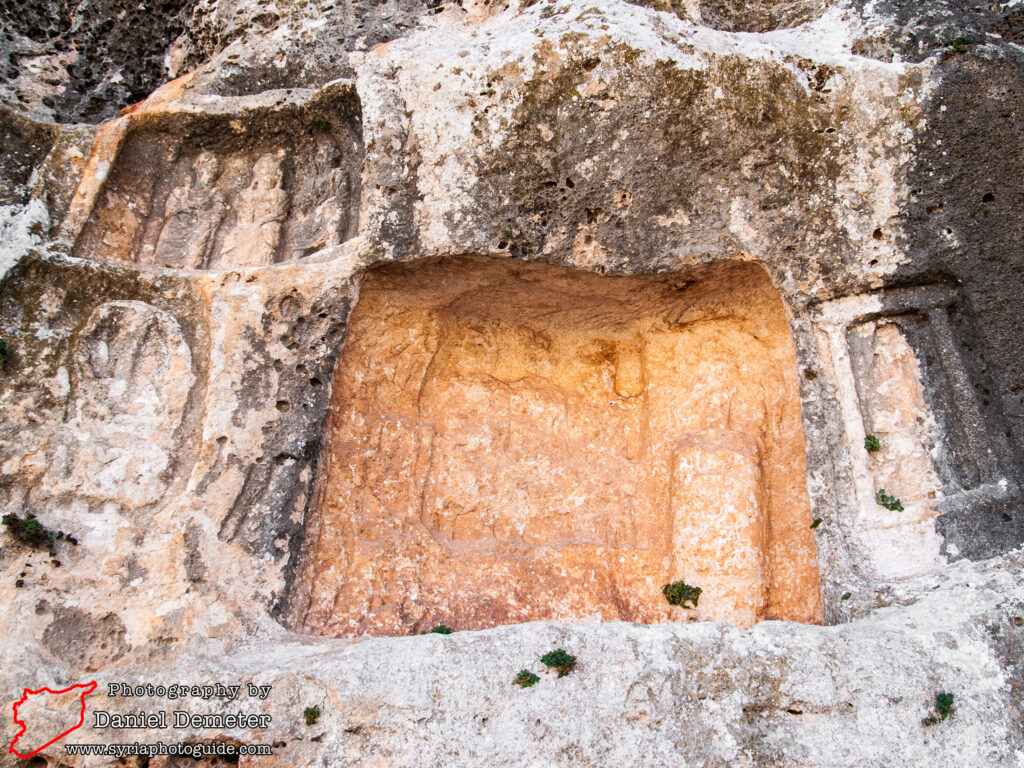
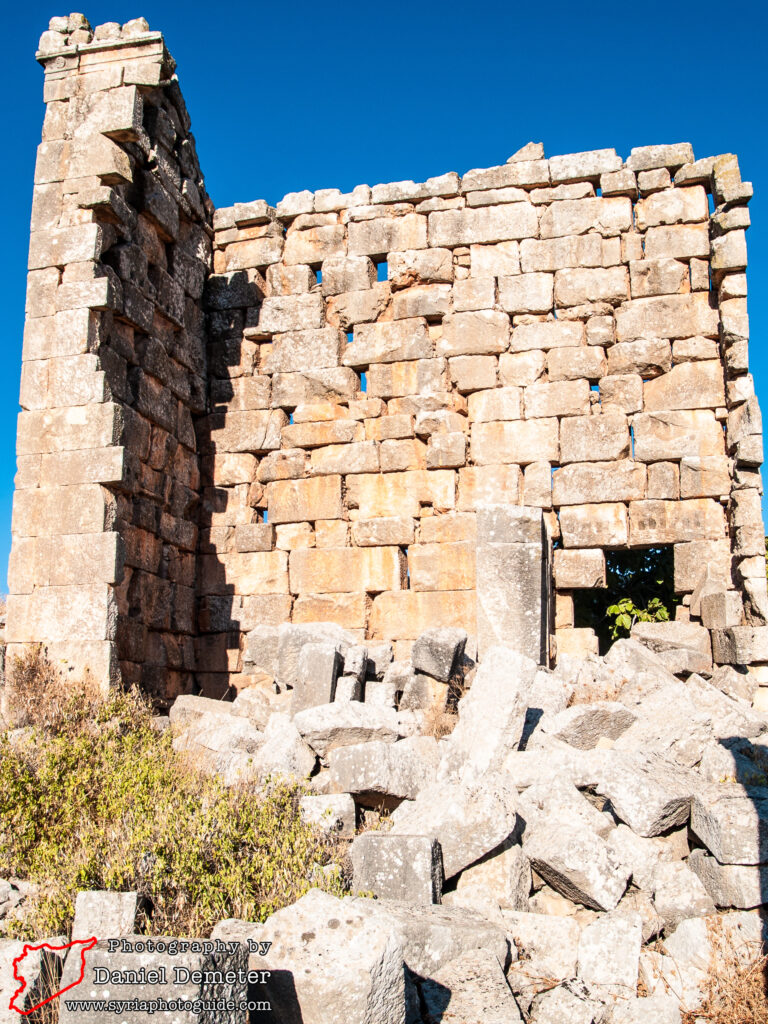
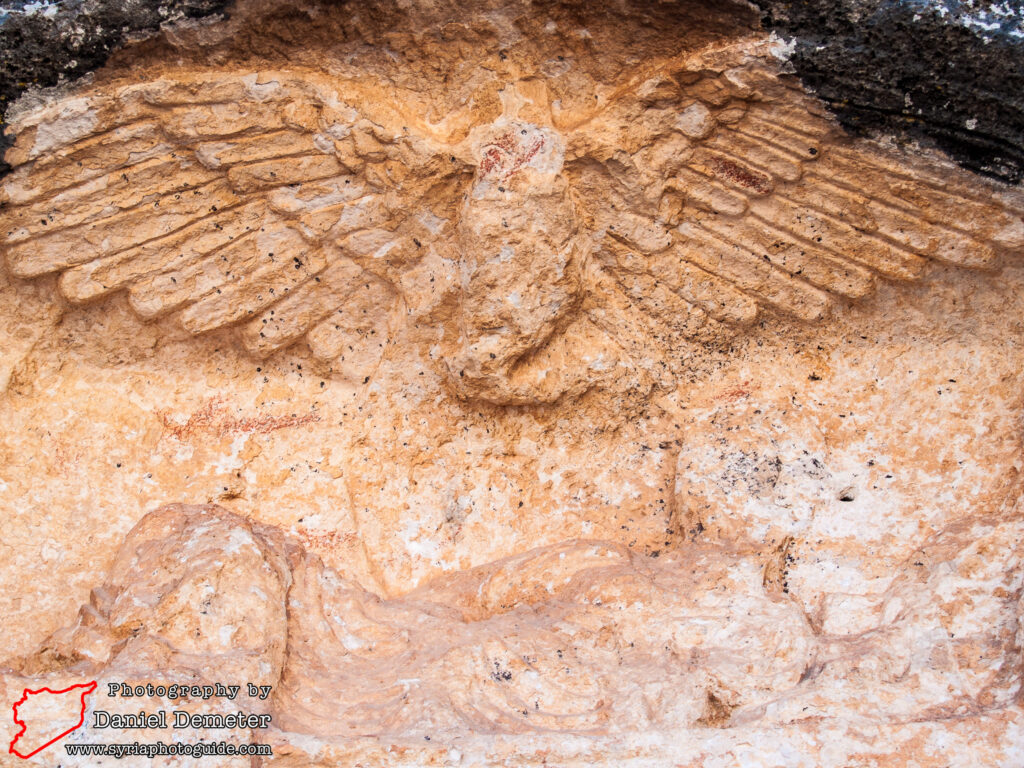
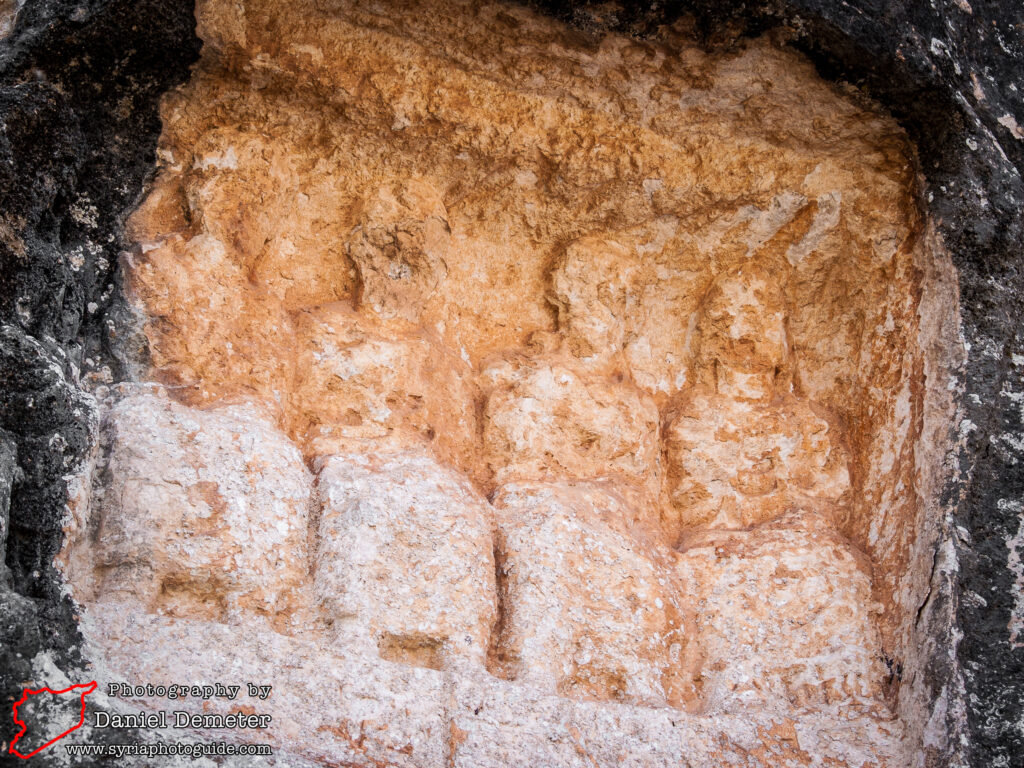
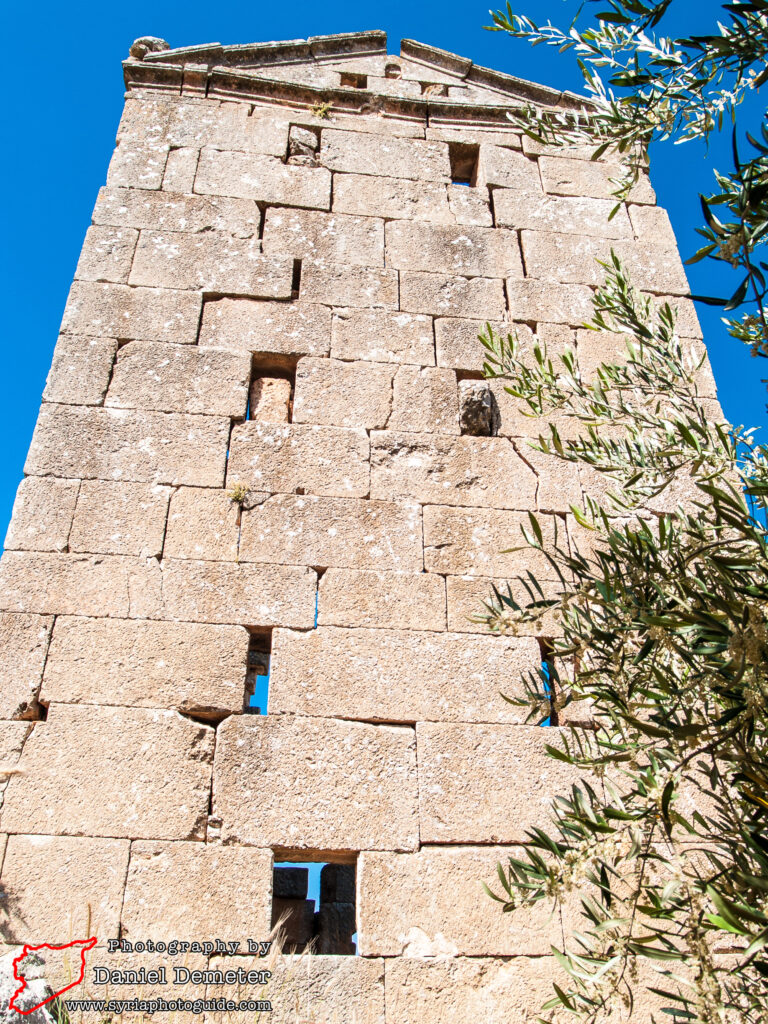
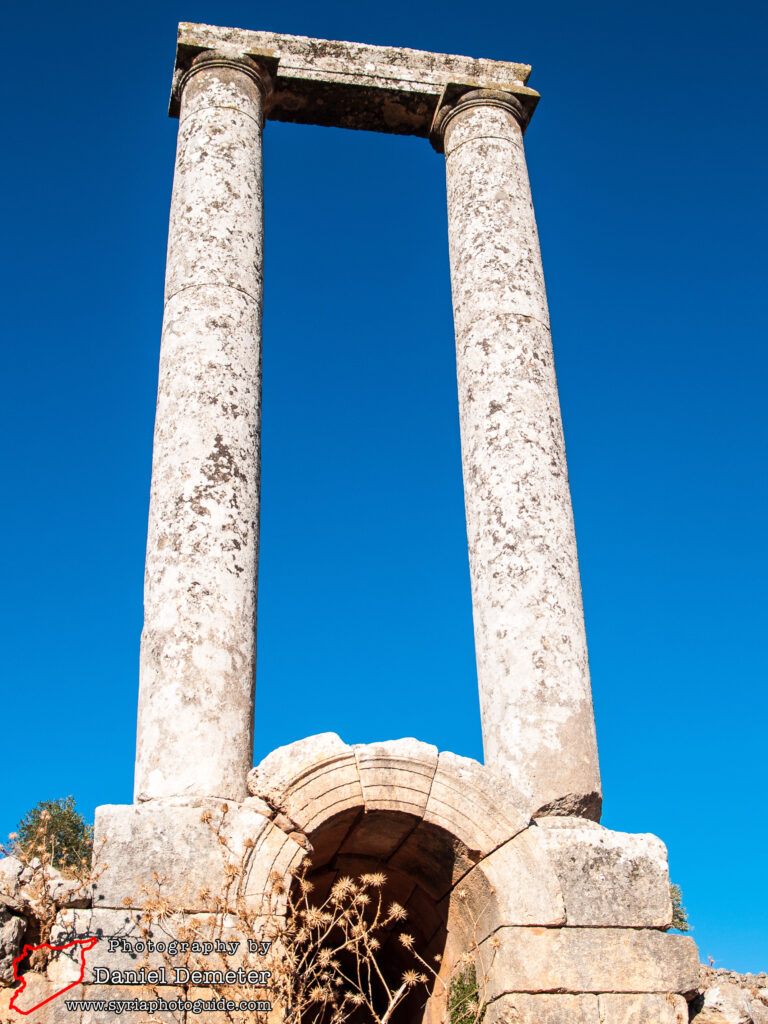
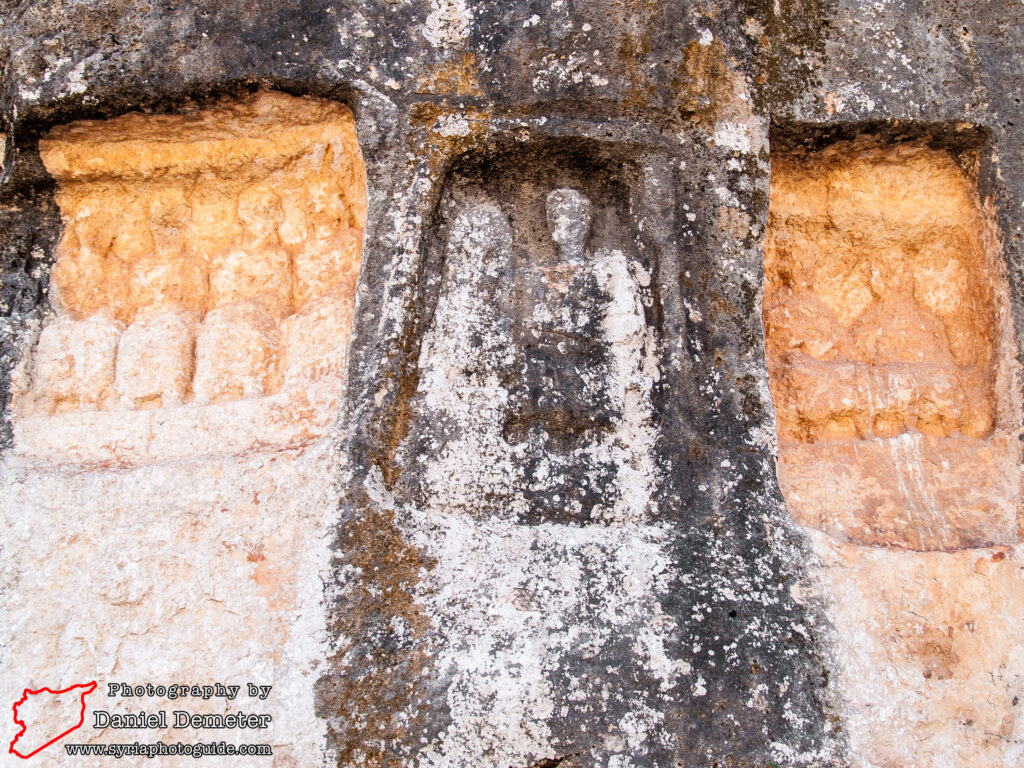
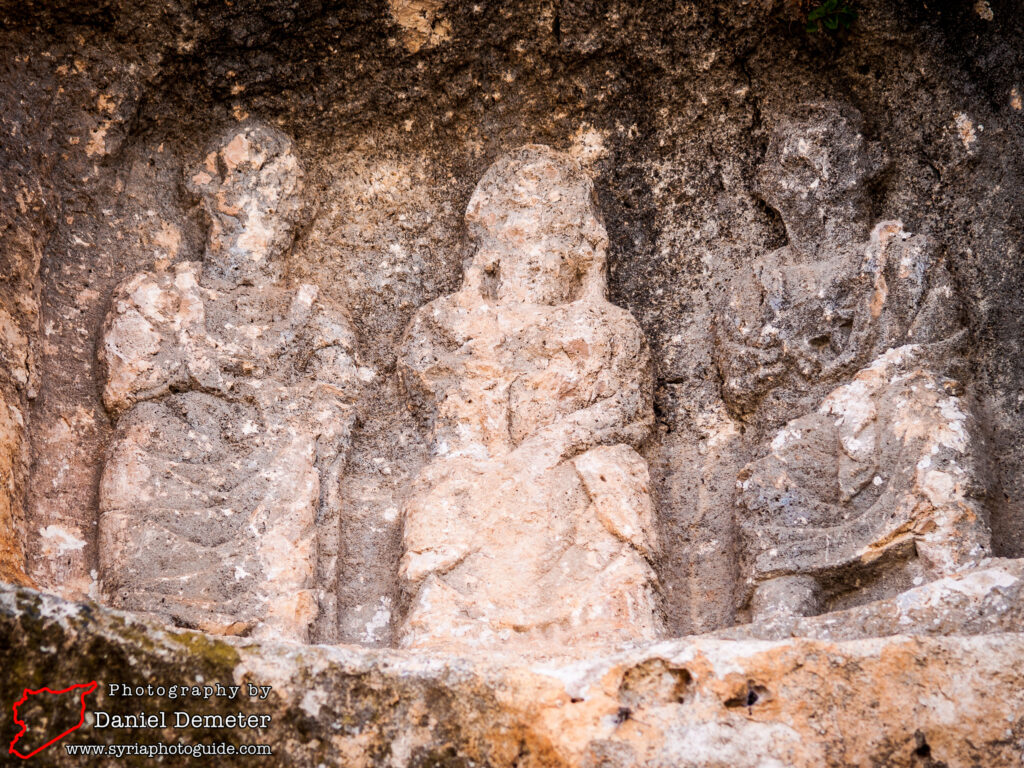
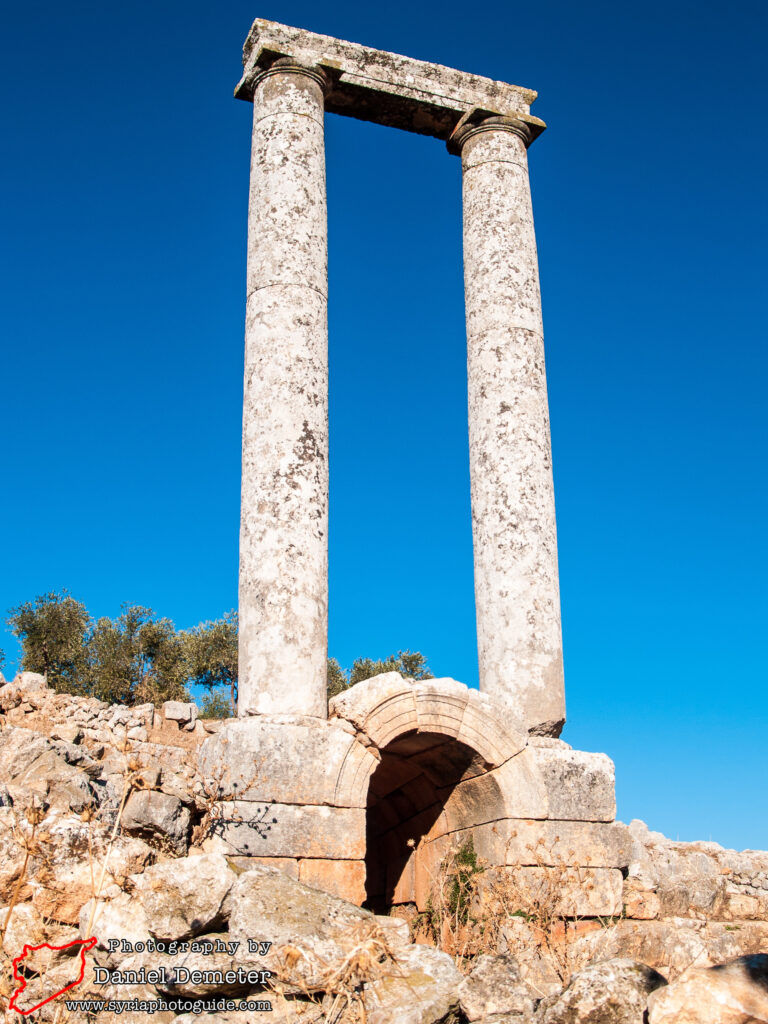
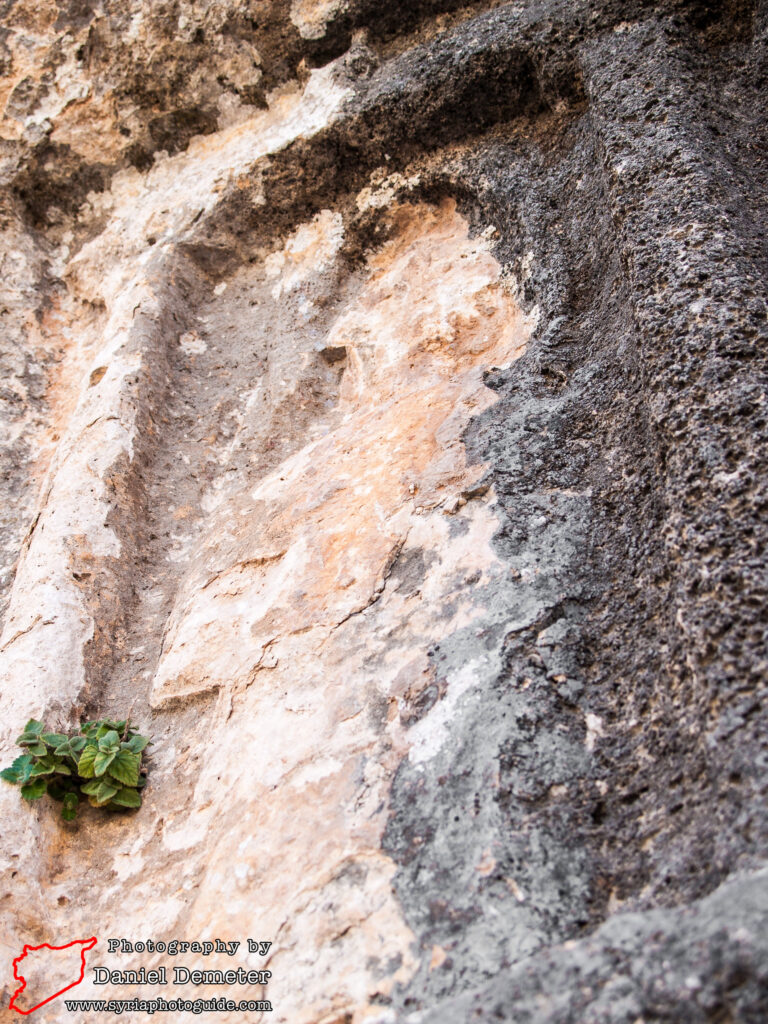
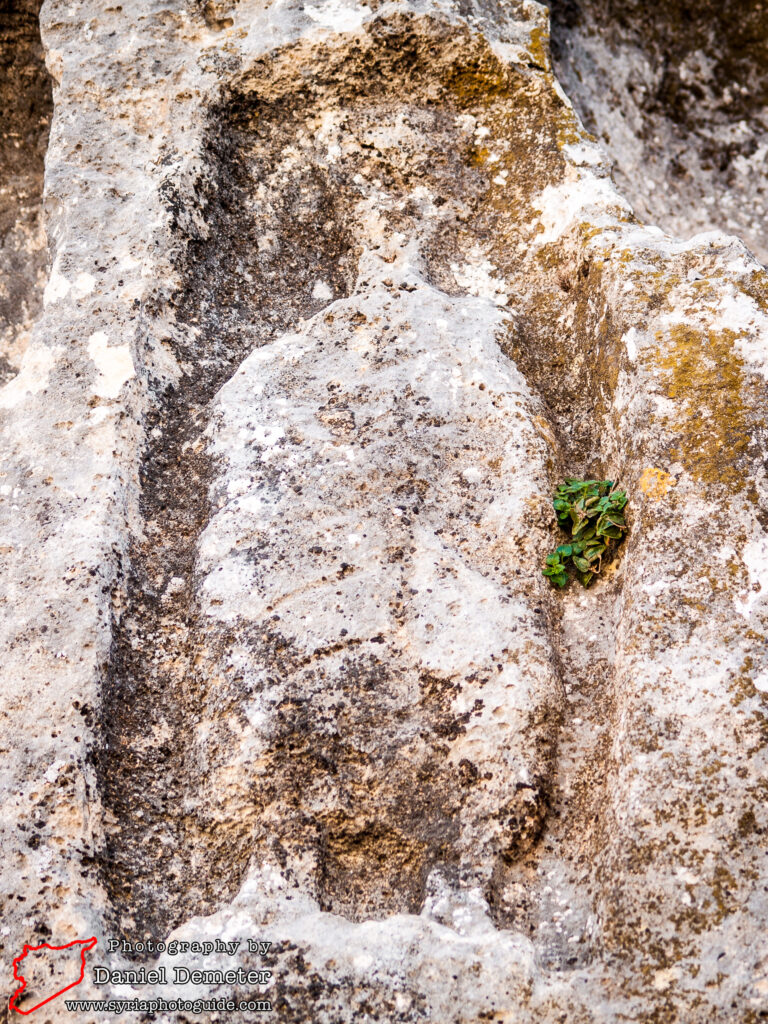
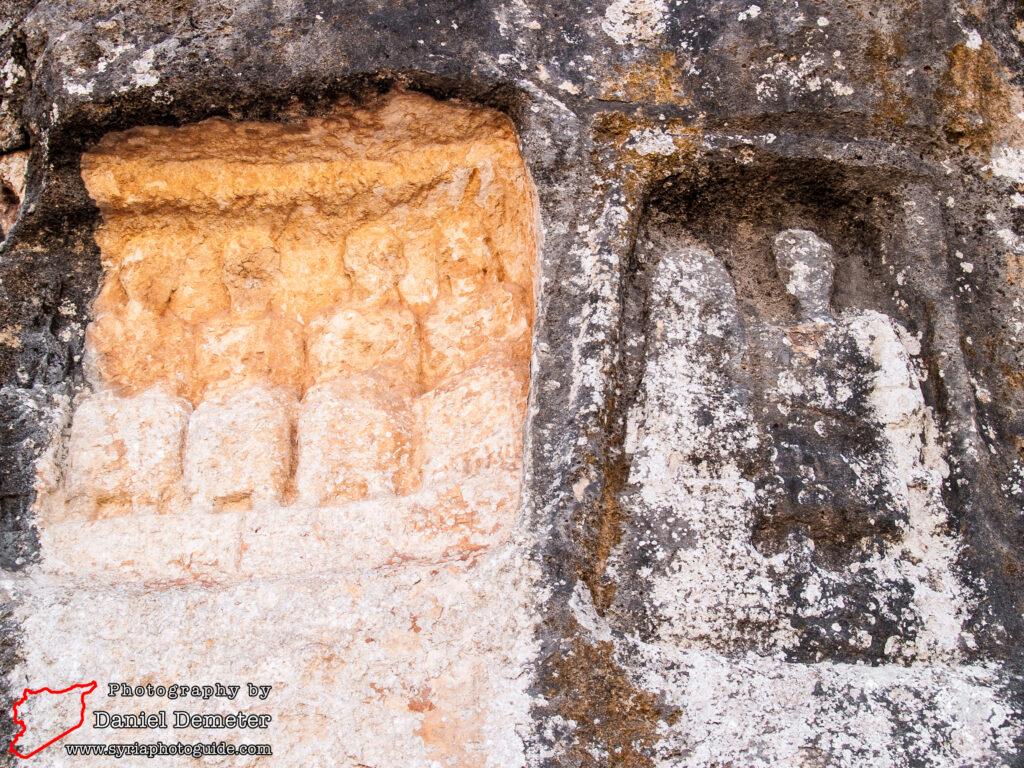
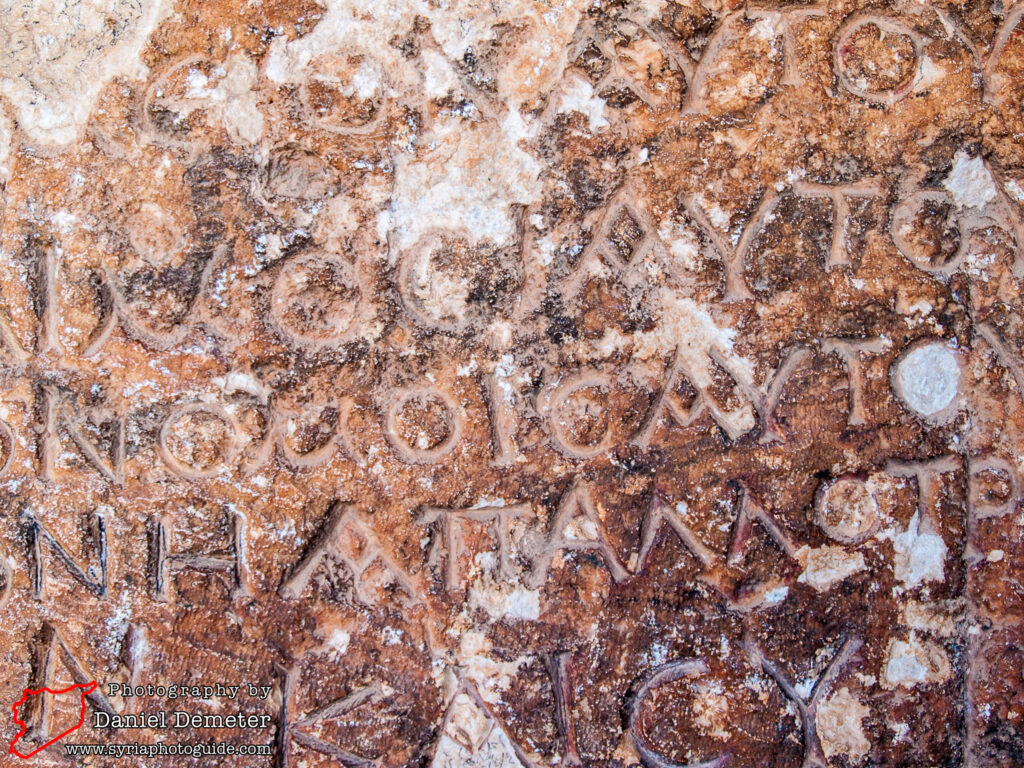
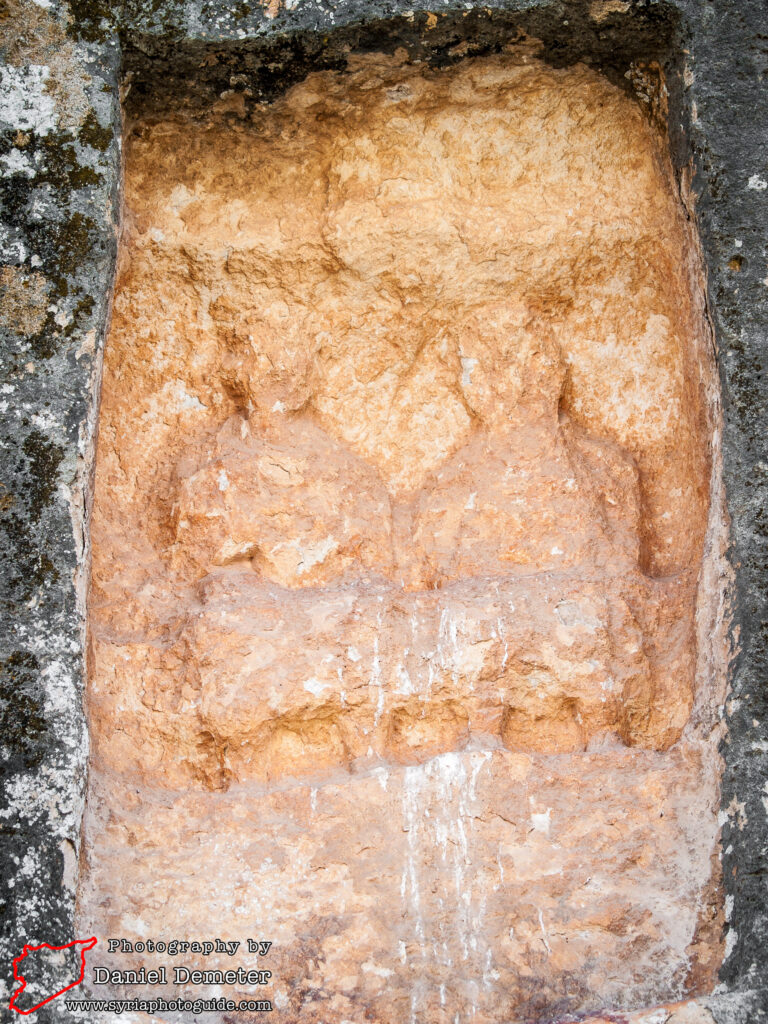
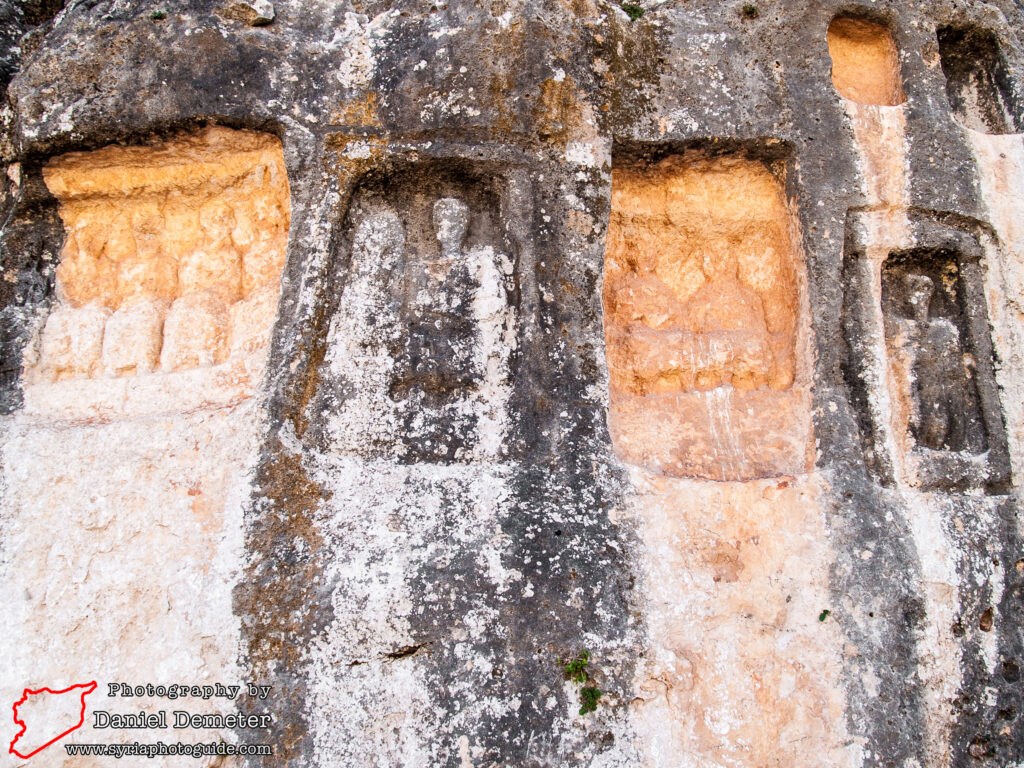
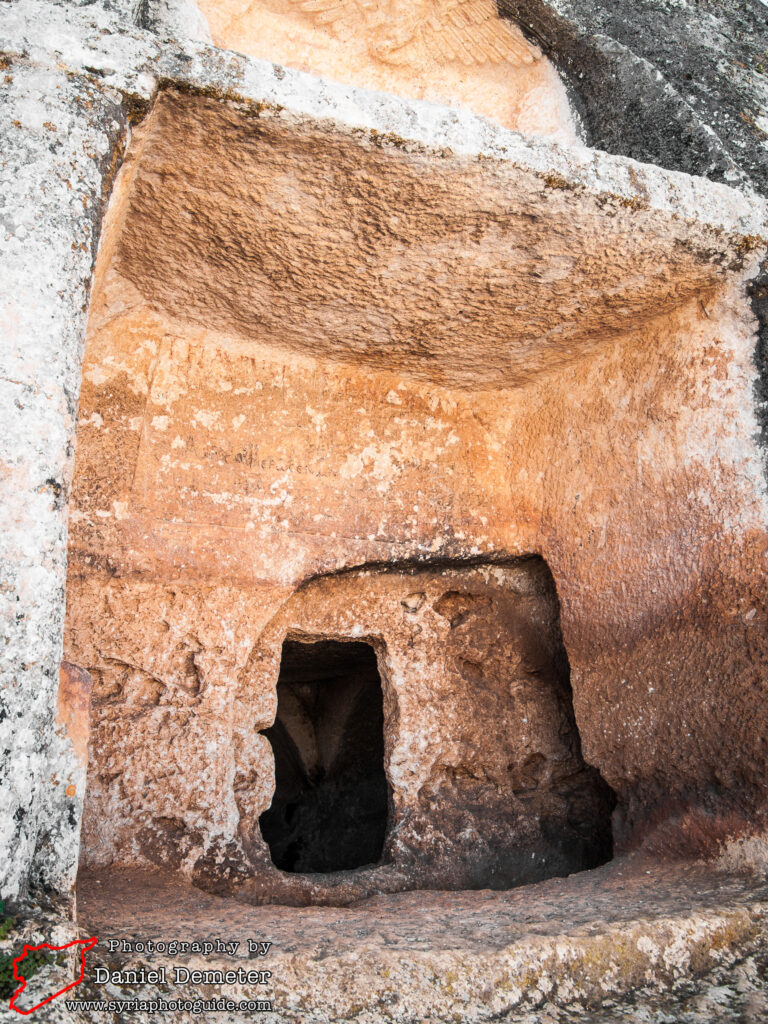
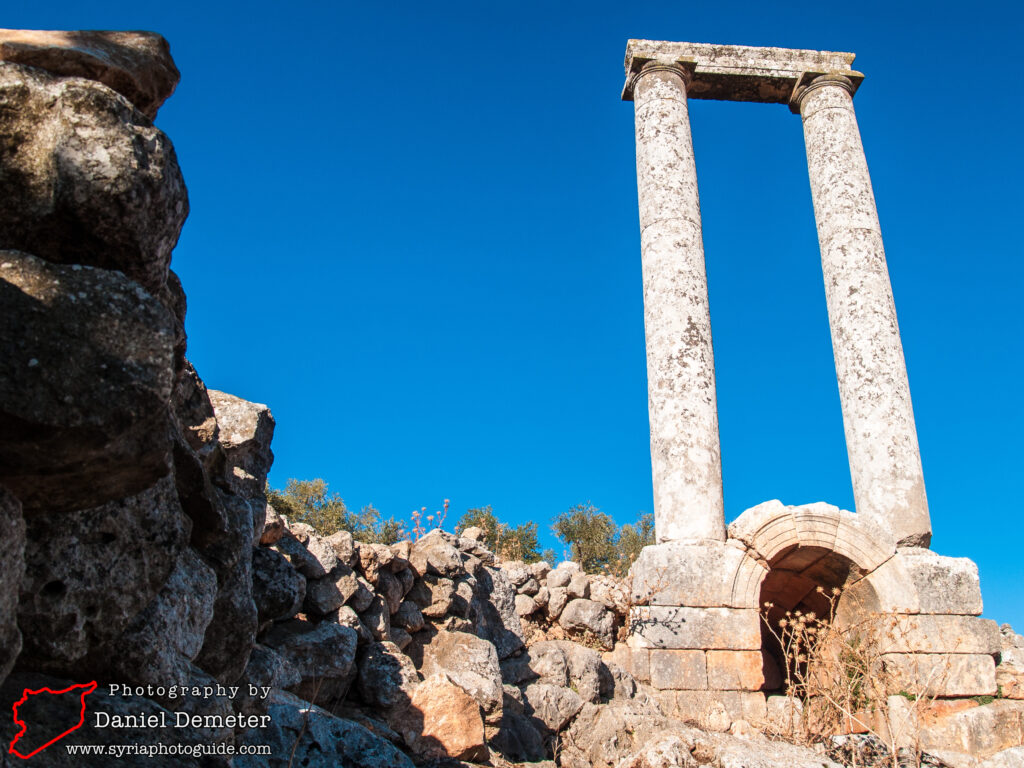
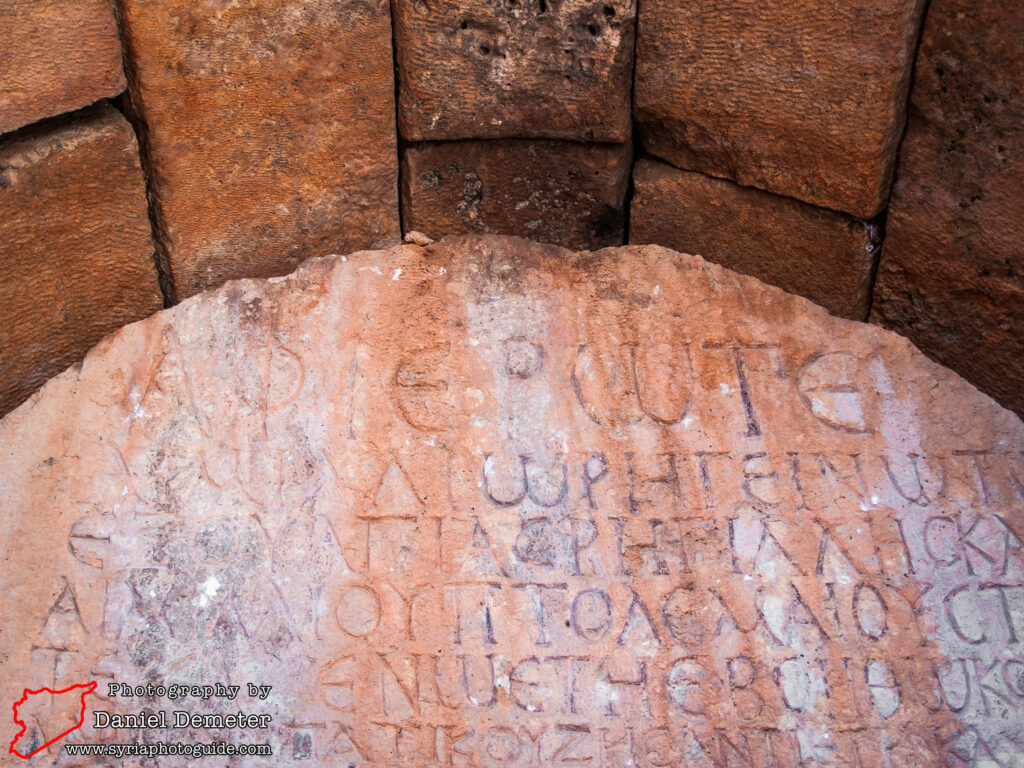
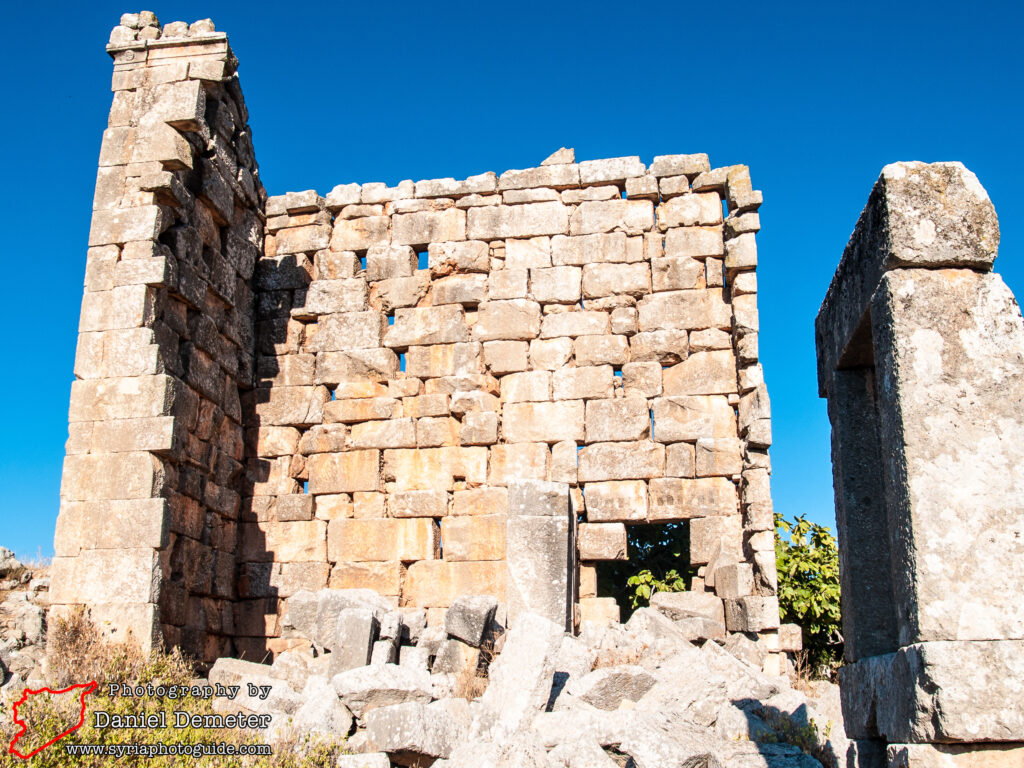
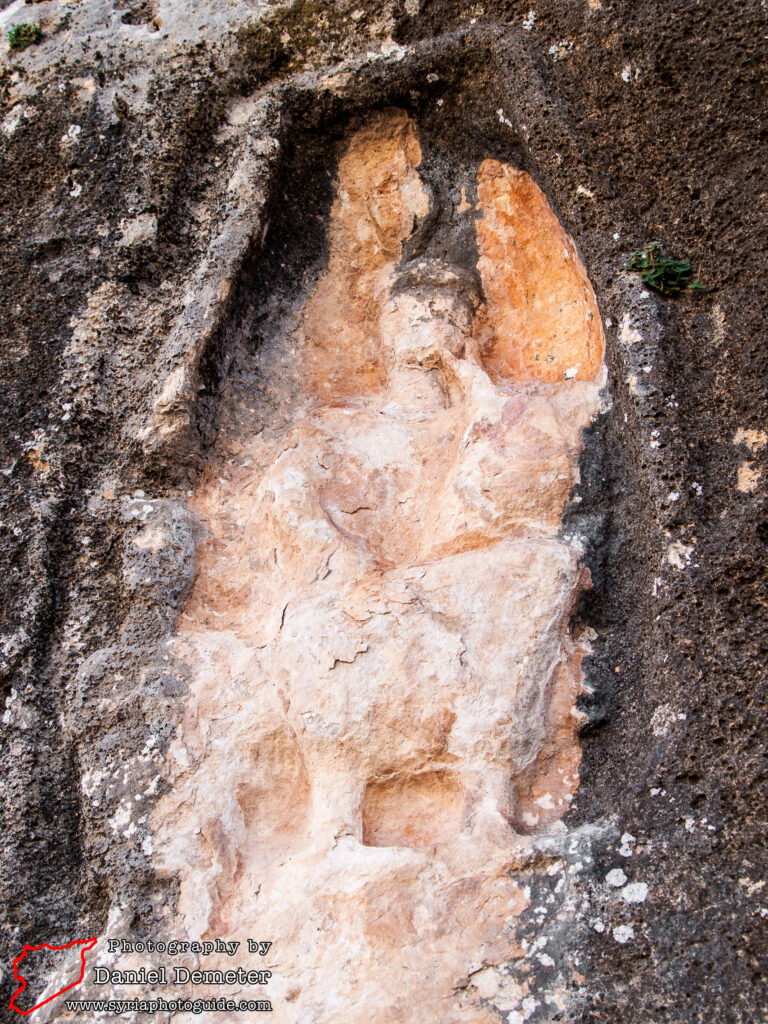
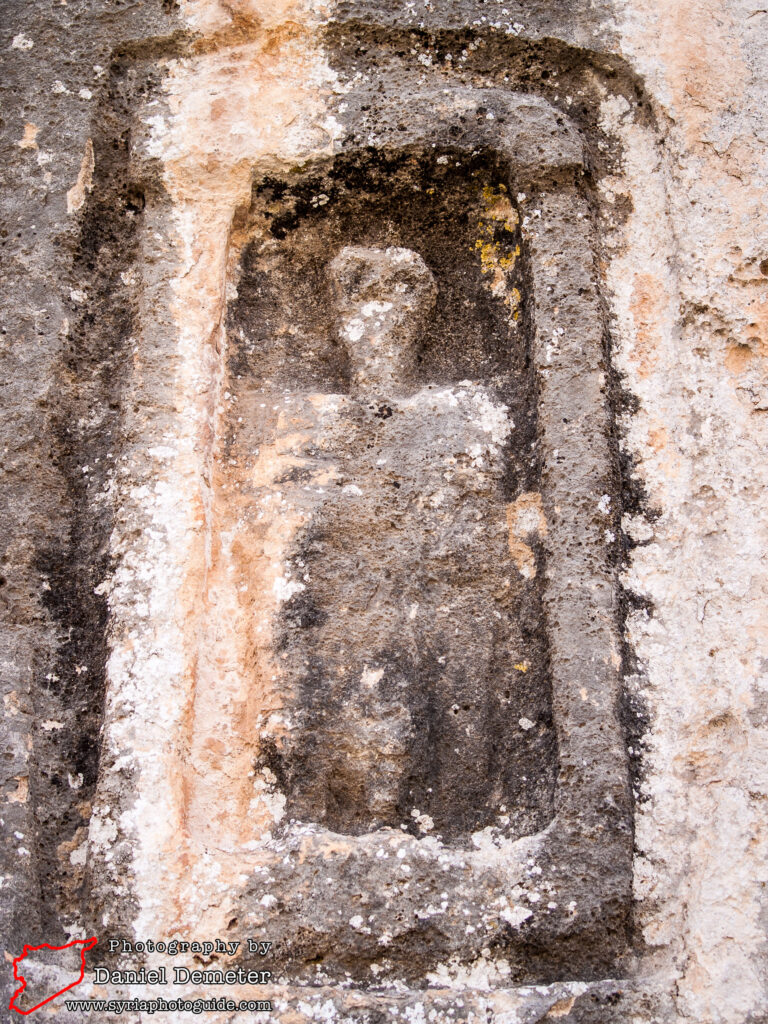

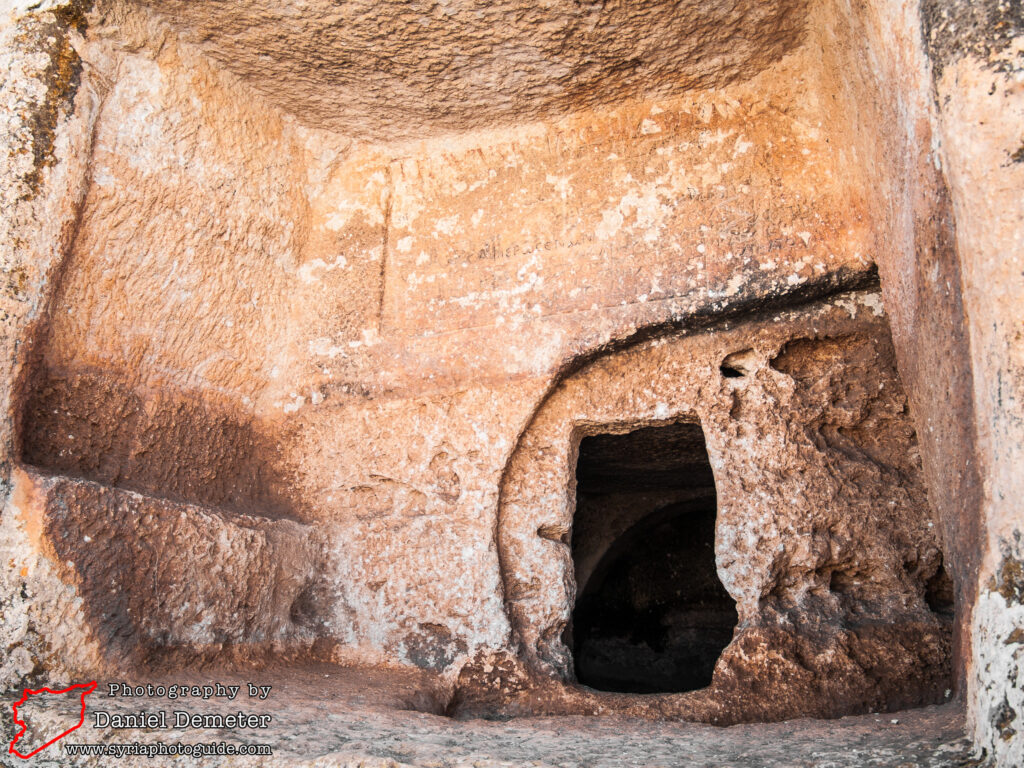
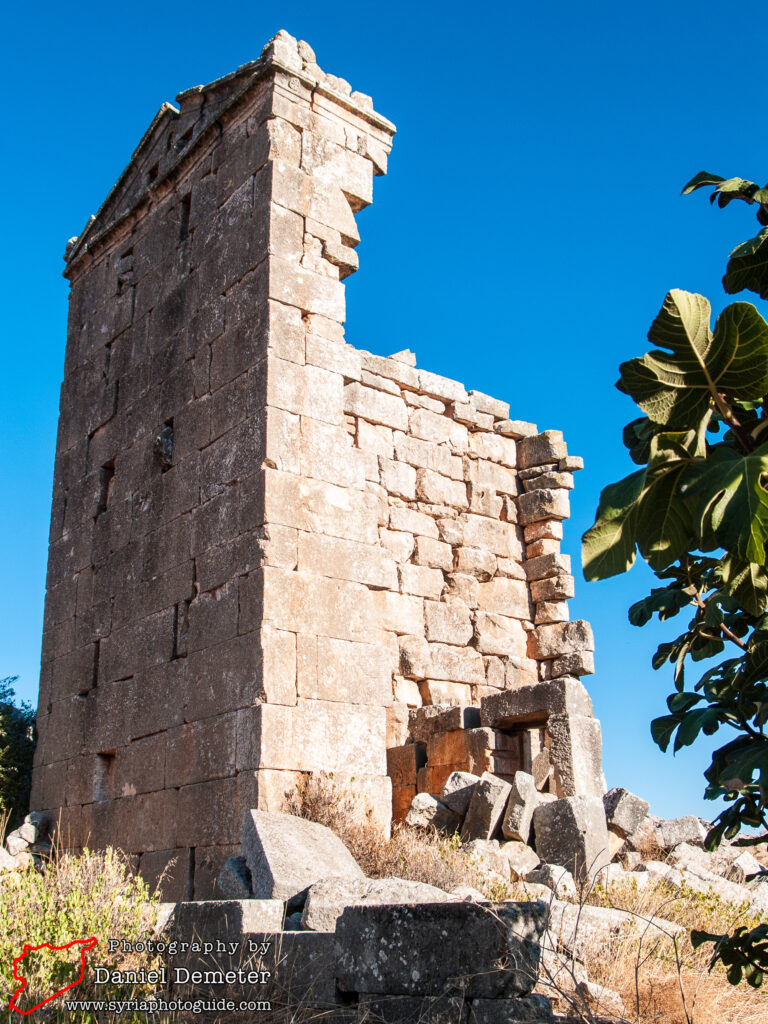
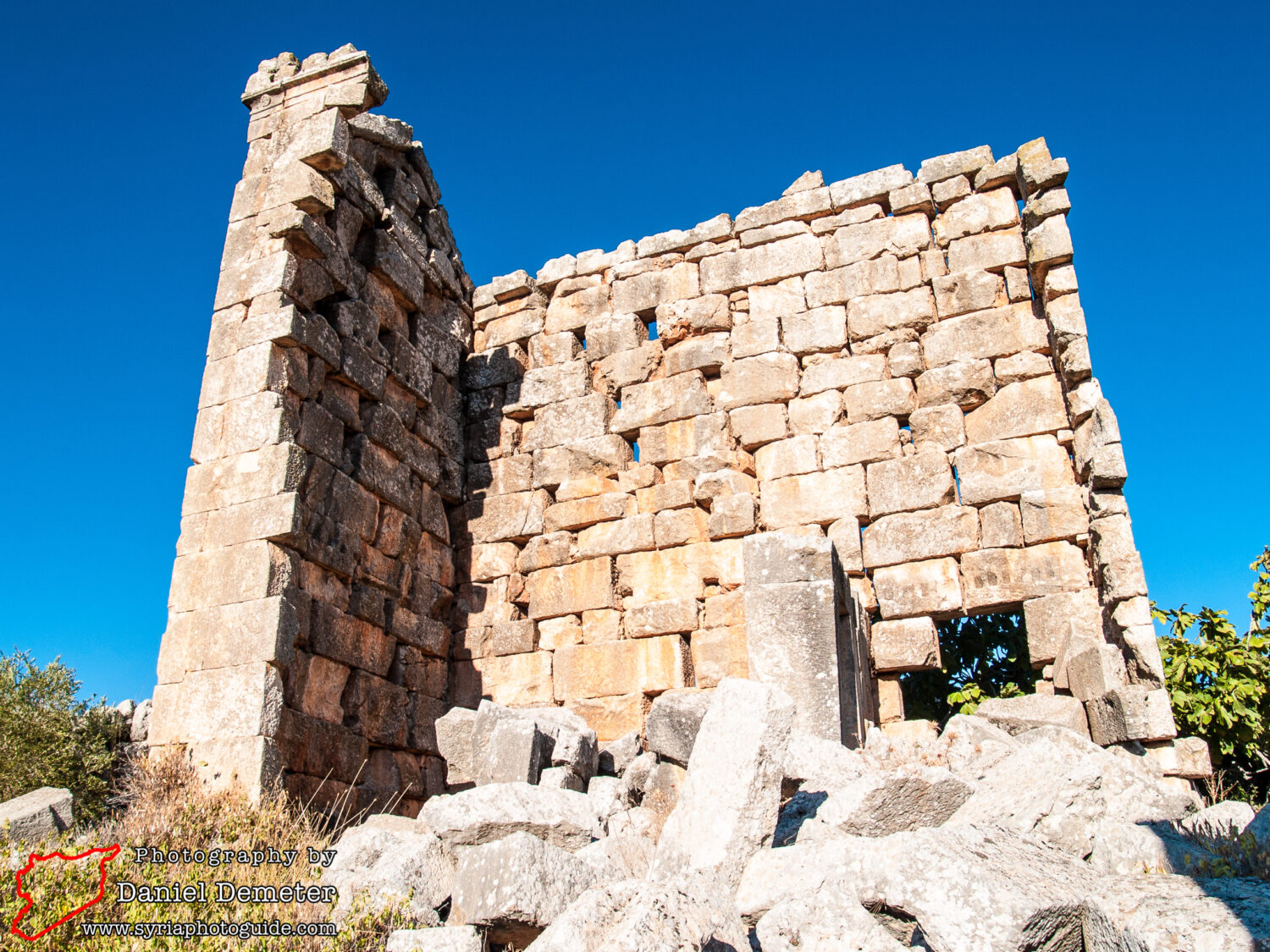
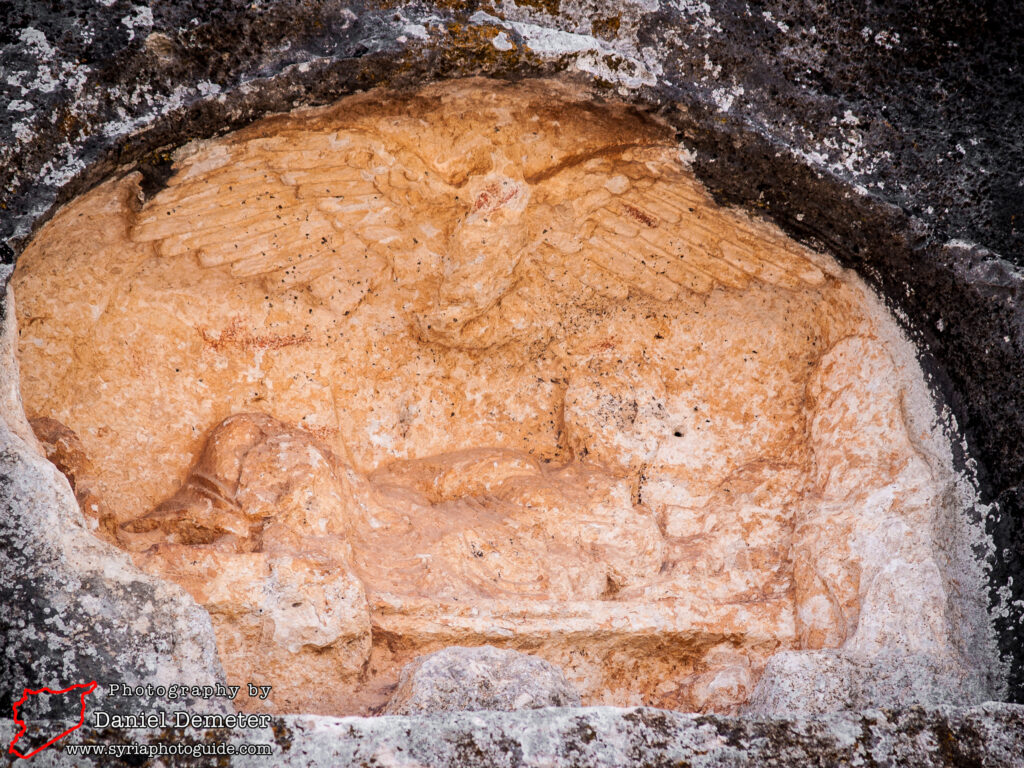
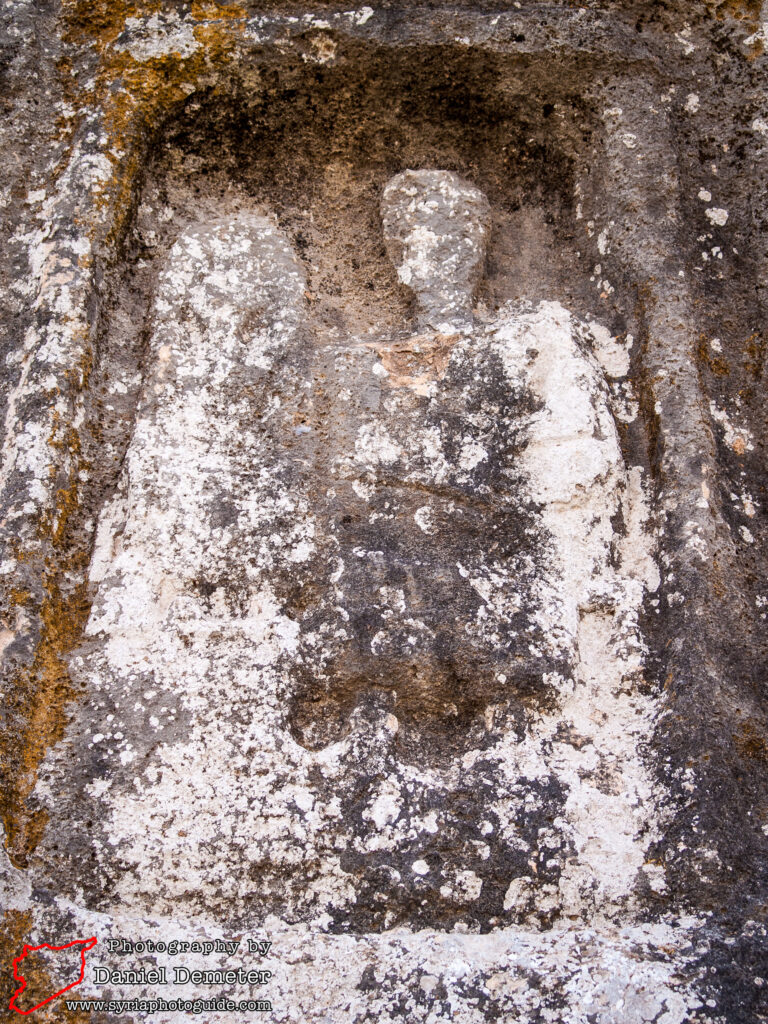
Getting There: Frequent microbuses travel between Aleppo (حلب) and Darat Azeh (دارة عزة), the closest town to the region. From there, it is three kilometers northwest to the site of Qatura (قاطورة). If you don’t want to travel this distance on foot, a private driver can be hired in Darat Azeh (دارة عزة). Otherwise, head north on the road towards Qalaat Samaan (قلعة سمعان). After two kilometers, a road runs west (left) to the village of Qatura (قاطورة), another kilometer further. There are Byzantine ruins in the center of the village. The Roman funerary monument is on the hill south of the village, while the stone-carved Roman tombs are a couple hundred meters west of the village, towards Zarzita (زرزيتا).
Coordinates: 36°18’02.71″N / 36°49’48.34″E
Transliteration Variants: Qatureh, Qatoura, Qatoureh
Rating: 5 / 10
